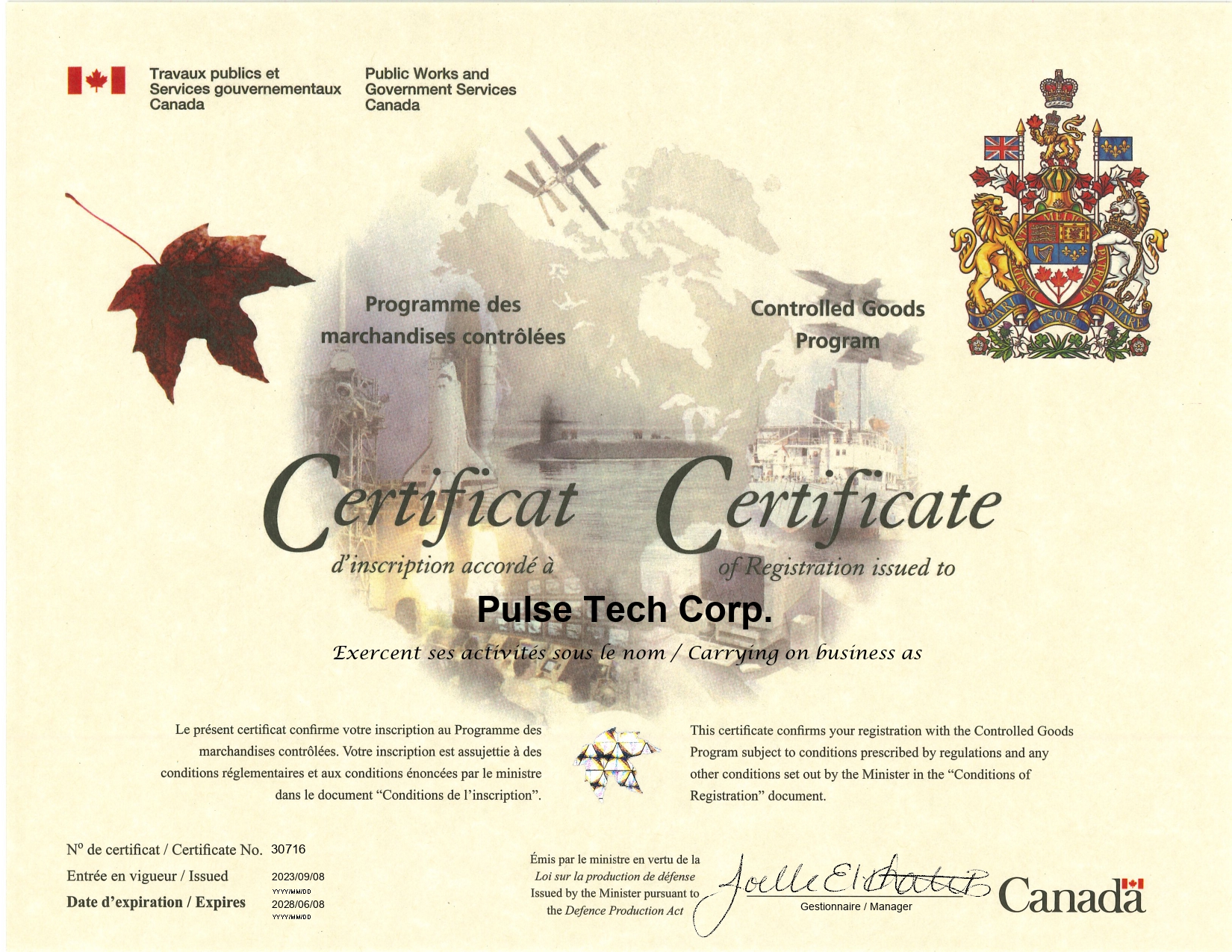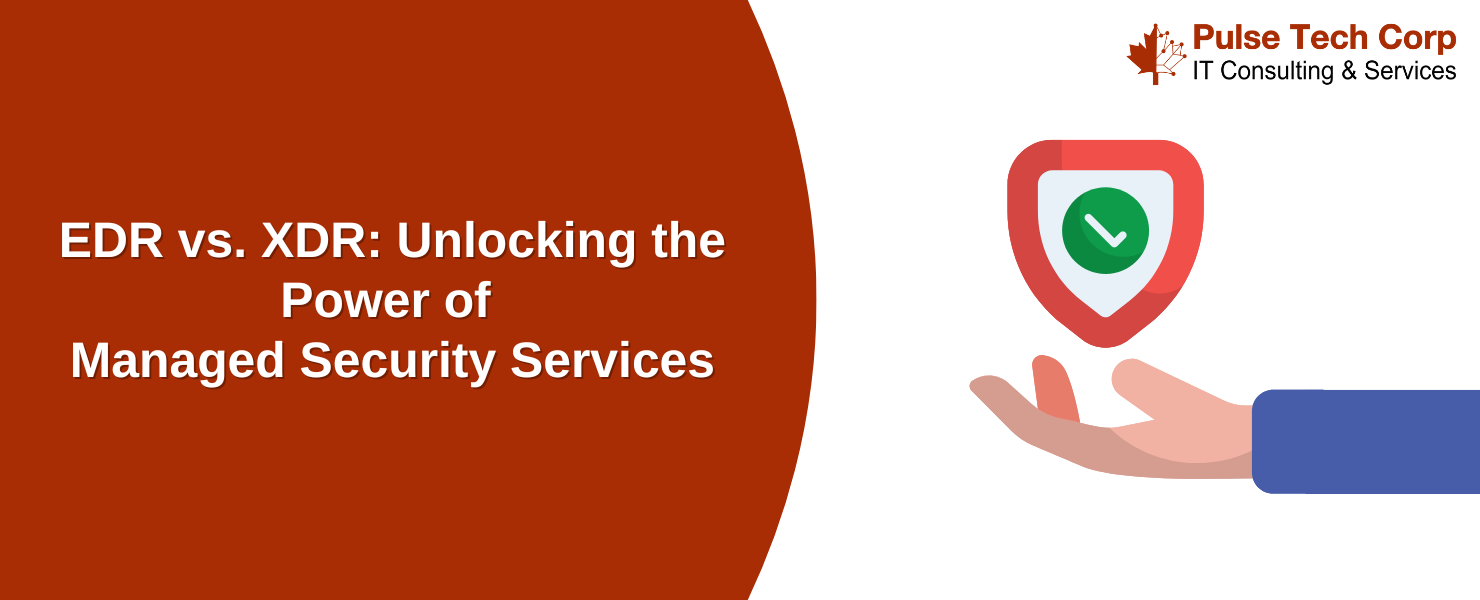Managed Security Services Provider (MSSP)
 In today’s rapidly evolving digital landscape, cyber threats are becoming more sophisticated and pervasive. Organizations need robust security measures to protect their networks and sensitive data. Endpoint Detection and Response (EDR) and Extended Detection and Response (XDR) are two advanced security solutions designed to address these challenges. While EDR focuses on endpoint security, XDR provides a more comprehensive approach by integrating multiple security layers. This blog explores the key differences between EDR and XDR and how a Managed Security Services Provider (MSSP) can help organizations leverage the full potential of XDR to secure their networks.
In today’s rapidly evolving digital landscape, cyber threats are becoming more sophisticated and pervasive. Organizations need robust security measures to protect their networks and sensitive data. Endpoint Detection and Response (EDR) and Extended Detection and Response (XDR) are two advanced security solutions designed to address these challenges. While EDR focuses on endpoint security, XDR provides a more comprehensive approach by integrating multiple security layers. This blog explores the key differences between EDR and XDR and how a Managed Security Services Provider (MSSP) can help organizations leverage the full potential of XDR to secure their networks.
Endpoint Detection and Response (EDR)
EDR is a cybersecurity solution designed to monitor and respond to threats at the endpoint level, such as laptops, desktops, and mobile devices. It provides continuous monitoring, detection, and response capabilities to identify and mitigate threats before they can cause significant damage. Key features of EDR include: Managed Security Services Provider (MSSP)
Threat Detection: EDR tools use advanced analytics and machine learning to detect suspicious activities and anomalies on endpoints.
Incident Response: EDR enables rapid response to security incidents by providing detailed information about the threat, its origin, and its impact. Managed Security Services Provider (MSSP)
Forensic Analysis: EDR solutions offer forensic capabilities to investigate and understand the nature of the threat, helping organizations improve their security posture.
Extended Detection and Response (XDR)
XDR takes endpoint security a step further by integrating multiple security layers, including endpoints, networks, servers, and cloud environments. It provides a unified platform for detecting, analyzing, and responding to threats across the entire IT infrastructure. Key features of XDR include:
Holistic Threat Detection: XDR consolidates data from various sources to provide a comprehensive view of the threat landscape, enabling more accurate detection of complex attacks.
Automated Response: XDR automates response actions across multiple security layers, reducing the time it takes to contain and remediate threats.
Enhanced Visibility: XDR offers centralized visibility into security events, making it easier for security teams to monitor and manage incidents across the organization.
EDR vs. XDR: Key Differences
Scope of Coverage:
EDR: Focuses primarily on endpoints.
XDR: Provides coverage across endpoints, networks, servers, and cloud environments.
Integration:

EDR: Operates as a standalone solution.
XDR: Integrates with various security tools and systems to provide a unified platform.
Visibility:
EDR: Limited to endpoint activities.
XDR: Offers centralized visibility across the entire IT infrastructure.
Response Capabilities:
EDR: Endpoint-specific response.
XDR: Coordinated response across multiple security layers.
The Role of Managed Security Services Provider (MSSP) in Maximizing XDR
Implementing and managing XDR can be complex and resource intensive. This is where Managed Security Services Provider (MSSP) come into play. MSSPs offer a range of services to help organizations exploit the full features of XDR, including:
Expertise and Experience: Managed Security Services Provider (MSSP) have a team of cybersecurity experts with extensive experience in managing and optimizing XDR solutions. They stay up to date with the latest threats and best practices, ensuring that your XDR implementation is effective and efficient.
24/7 Monitoring and Support: MSSPs provide round-the-clock monitoring and support, ensuring that threats are detected and addressed in real time. This continuous vigilance helps organizations stay ahead of cyber threats and minimizes the risk of data breaches.
Advanced Threat Intelligence: Managed Security Services Provider (MSSP) leverage advanced threat intelligence to enhance the capabilities of XDR. By integrating global threat data, MSSPs can identify emerging threats and take proactive measures to protect your network.
Incident Response and Remediation: In the event of a security incident, MSSPs offer rapid response and remediation services. They work closely with your internal security team to contain and mitigate the impact of the threat, reducing downtime and minimizing damage.
Scalability and Flexibility: Managed Security Services Provider (MSSP) scalable solutions that can grow with your organization. Whether you need to expand your security coverage or adapt to new regulatory requirements, MSSPs offer the flexibility to meet your evolving needs.
Cost-Effectiveness: Partnering with an MSSP can be more cost-effective than building and maintaining an in-house security team. MSSPs offer a predictable pricing model, allowing organizations to budget for security expenses more effectively.
Conclusion
As cyber threats continue to evolve, organizations must adopt advanced security solutions to protect their networks and data. While EDR provides robust endpoint protection, XDR offers a more comprehensive approach by integrating multiple security layers. By partnering with a Managed Security Services Provider, organizations can fully exploit the features of XDR to enhance their security posture, reduce risk, and achieve greater peace of mind. With their expertise, 24/7 support, and advanced threat intelligence, Managed Security Services Provider (MSSP) are invaluable allies in the fight against cyber threats.
For any questions:
Please get in touch by Phone : 905-488-5400 or
by E-mail : sales@pulsetech.ca
or fill the form below and we will connect back to you.



